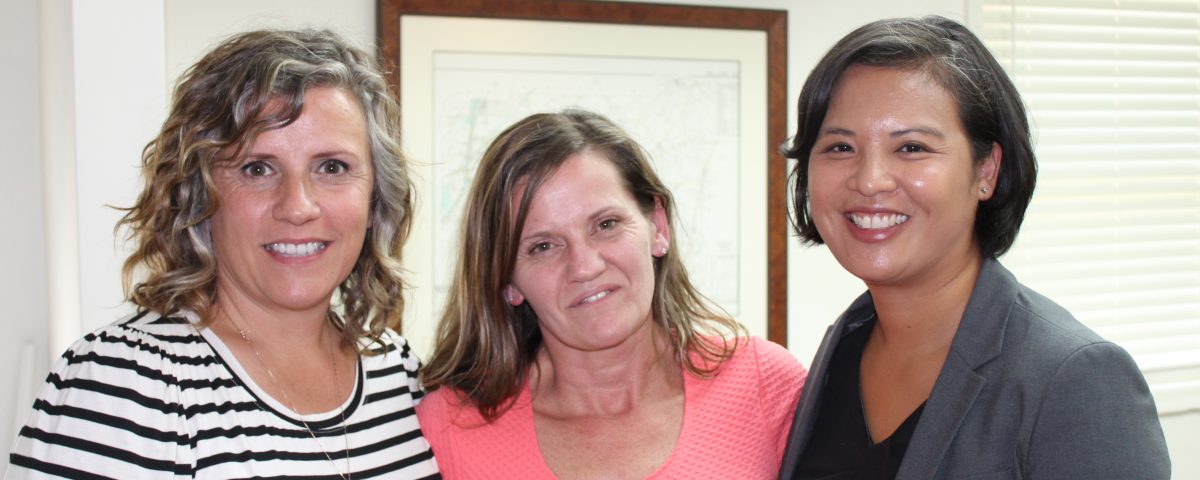
Make Room for Me
By Jennifer Lopez
Make room for me she said. That was the answer; so simple, so tender, so devastating. The question, “What can we do to help you as you are released from jail?” She had been removed from her family, her social ties, and her community for a low level, nonviolent drug crime. Everyday life – being a mom to her kids, chatting with the neighbors, babysitting for her sister, shopping at her local store and her work – had all gone on without her. Would there be a place for her now?
Kara Holloway, a professor at Duke University, noted that American women share common struggles, but differ greatly in their experiences:
“As some women become more visible, others disappear. Women who are elevated are still vulnerable and women who have been erased are drowning.”
Over the past 40+ years, justice-involved women have disappeared both figuratively and literally from their communities and are drowned by a stigmatizing system ill-equipped to meet their needs.
According to the Vera Institute, women in local jails are the fastest growing correctional population in the country – increasing 14-fold between 1970 and 2014 from under 8,000 to nearly 110,000. This number accounts for approximately half of all women behind bars. This is in stark contrast to 1970 when 73% of counties across the U.S. reported zero women in their jails. On average, there are 110 women incarcerated in Chester County Prison on a daily basis, with almost 300 women released on parole yearly. Over 2,000 women are currently on probation or parole supervision in the County.
The vast majority of women entering jails are charged with low-level, nonviolent offenses. She is typically a survivor of violence and trauma, she is poor, and she is challenged with physical and mental illness and substance abuse issues. She is also a mother with sole responsibility for young children (approximately 80% of jailed women have children).[1] While both men and women are bearing the brunt of punitive responses for complex social problems in our current criminal justice system, they experience the system differently. Incarcerated women must contend with programs, policies and practices designed for and effective with the majority of the incarcerated population – male inmates. The unique challenges and complex needs of women are often overlooked and unaddressed in a system with limited resources. As a result, justice-involved women often leave jail more destabilized than when they first entered.
In 2016, in her remarks at the White House Women and the Criminal Justice System Convening, then U.S. Attorney General Loretta Lynch said,
“Put simply, we know that when we incarcerate a woman we often are truly incarcerating a family, in terms of the far-reaching effect on her children, her community and her entire family network.”
In 2014, Chester County began to look at justice-involved women through a gender-responsive, trauma-informed lens and created the Women’s Reentry, Assessment and Programming Initiative (WRAP). Through our work in WRAP, we have learned that for a woman to be successful when she returns home, she needs programs that keep her connected to her children while she is incarcerated and helps her reconnect when she is released; she needs to be linked to her community through a continuum of care that starts when she enters the system; she needs holistic treatment that addresses substance abuse, mental and physical health, and trauma as co-occurring needs; she needs educational and vocational services and programs that tackle deep-rooted issues of poverty and inequality; and she needs interventions that are gender-responsive and trauma-informed that understand the reality of her life.
As a society, we need incarceration to be a last resort, a rare response, and instead seek justice through restorative, community-based alternatives that value and support victims, individuals, their families and their communities.
In another 50 years, my hope is that someone is going to look back on women who were in jail, see why they were there and see what jail did to them and their children. And I hope that they will scratch their head and say, “Do you know what they used to do to women? Can you believe it?” And they will take note of all of the trailblazing programs that began to transform the true meaning of justice from a focus on punishment and control to one of individual accountability, connections and community.
However, it is up to each of us as members of our community, and not just the flawed system, to “make room” as these invisible, drowning women struggle in our very midst. As Joseph Margulies said, “The time for tinkering is past.” The time has come to make room.
 |
Jennifer Lopez Deputy Chief Chester County Office of Probation, Parole and Pretrial Services |
Check out our Kitchen Table Talk series interview with Jen and Beth, a Chester County woman who experienced incarceration, on the CCFWG website or YouTube channel.
[1] Elizabeth Swavola, Kristine Riley, Ram Subramanian. Overlooked: Women and Jails in an Era of Reform. New York: Vera Institute of Justice, 2016

